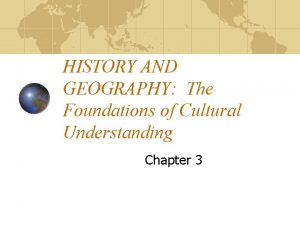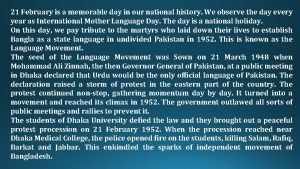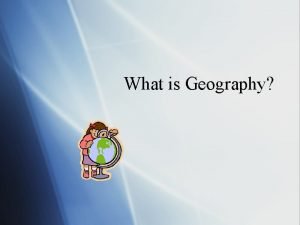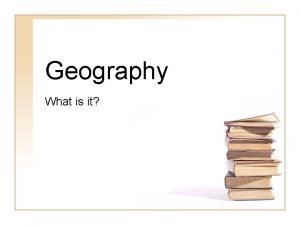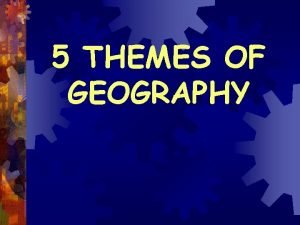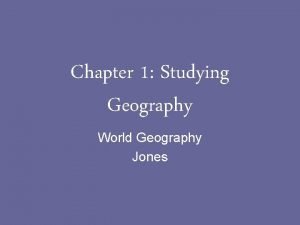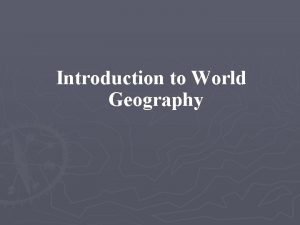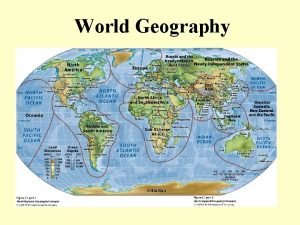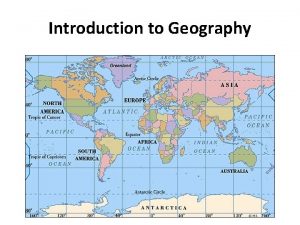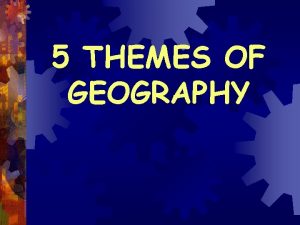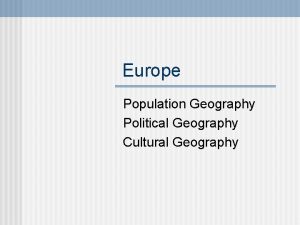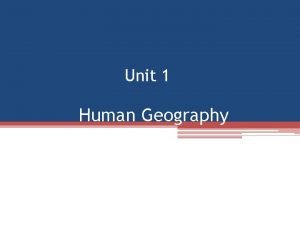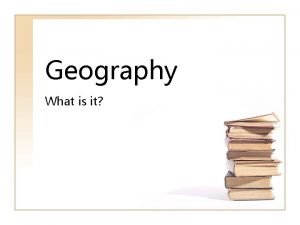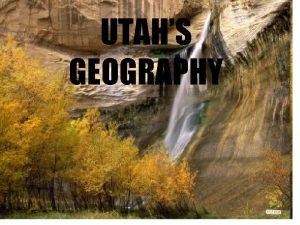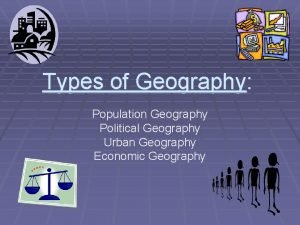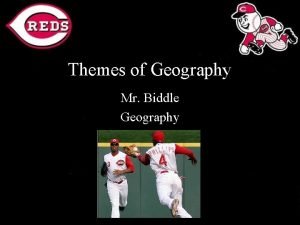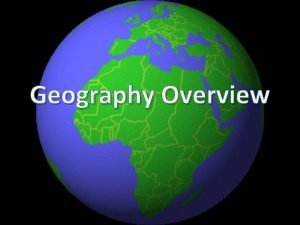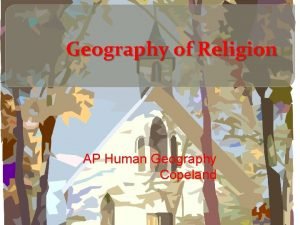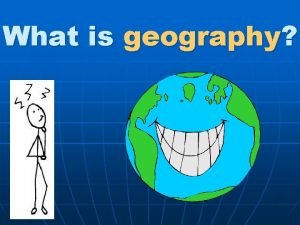HISTORY GEOGRAPHY DAY 1 What is History History




























- Slides: 28

HISTORY & GEOGRAPHY DAY 1

What is History? History is the study of people and events of the past. History explores the way things change and the way things stay the same.

Why Study History? History explains why things are the way they are. Learning about the past helps us understand the present. It can help us make decisions about the future.

Era A large division of time. Paleolithic and Neolithic are examples of eras.

Archeology The study of objects to learn about past human life.

Artifact An object made by people. Examples: tools, pottery, weapons and jewelry.

END DAY 1 HERE

HISTORY & GEOGRAPHY DAY 2

Paleontology The study of fossils.

Fossil Plant or animal remains that have been preserved from an earlier time.

Anthropology The study of human culture and how it develops over time. They dig in the earth for places where people once live.

Species A class of individuals with similar physical characteristics.

Evidence Something that shows proof that something is true.

Primary Source Firsthand evidence of an event in history.

Secondary Source A document or written work created after an event.

Point of View A personal attitude about people or life.

Bias An unreasoned, emotional judgement about people and events.

Hemisphere A “half-sphere” used to refer to onehalf of the globe when divided into North and South or East and West.

Brain pop Latitude and Longitude Intro. https: //www. brainpop. com/socialst udies/geography/latitudeandlongit ude/

Latitude Imaginary lines that circle the Earth parallel to the Equator.

Longitude Imaginary lines that circle the Earth from Pole to Pole, measuring distance east or west of the Prime Meridian

Cardinal Directions North, South, East and West Explain the relative location of any place on earth.

Migration The movement of people from one place to settle in another place.

Culture The set of beliefs, behaviors and traits shared by a group of people.

HISTORY & GEOGRAPHY DAY 3

Geography Web Introduction: Brain. Pop Geography 5 Themes https: //www. brainpop. com/socialstudies/geography/geograp hythemes/

In Each of the Bubbles. . Location Place Human-Environment Movement Regions Interaction

Lets Think of Examples of Each!
 Day 1 day 2 day 3 day 4
Day 1 day 2 day 3 day 4 Day 1 day 2 day 817
Day 1 day 2 day 817 Ap human geography political geography frq
Ap human geography political geography frq 5 themes of geography ap human geography
5 themes of geography ap human geography Proruption ap human geography
Proruption ap human geography Family portal schoolmax
Family portal schoolmax Oceans apart day after
Oceans apart day after Day to day maintenance
Day to day maintenance As your room gets messier day by day, entropy is
As your room gets messier day by day, entropy is I don't know tomorrow
I don't know tomorrow Key points of romeo and juliet
Key points of romeo and juliet Growing day by day
Growing day by day Seed germination inhibitors examples
Seed germination inhibitors examples Conclusion of seeds
Conclusion of seeds Observation of plant growth day by day
Observation of plant growth day by day I live for jesus day after day
I live for jesus day after day Glorious day one day when heaven
Glorious day one day when heaven Day one day one noodle ss2
Day one day one noodle ss2 Afc futsal coaching course level 1
Afc futsal coaching course level 1 World history final exam study guide
World history final exam study guide History and geography: the foundations of culture
History and geography: the foundations of culture History money statistics geography ответы
History money statistics geography ответы Big geography definition ap world history
Big geography definition ap world history What's the origin of valentine's day
What's the origin of valentine's day Happy saint valentine's day
Happy saint valentine's day 21 february seen passage
21 february seen passage Valentine's day history
Valentine's day history Day 1 us history eoc review
Day 1 us history eoc review Day 1 us history eoc review
Day 1 us history eoc review




















